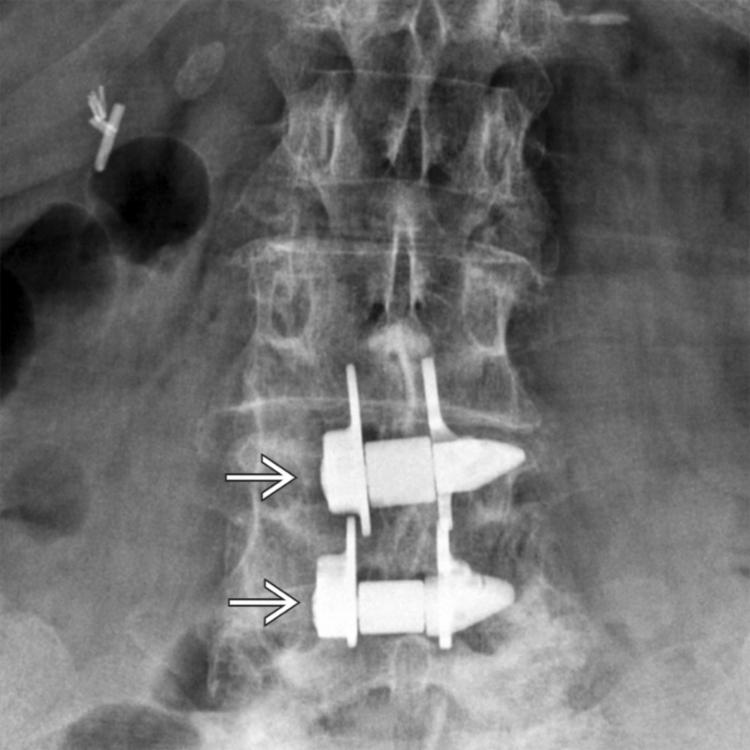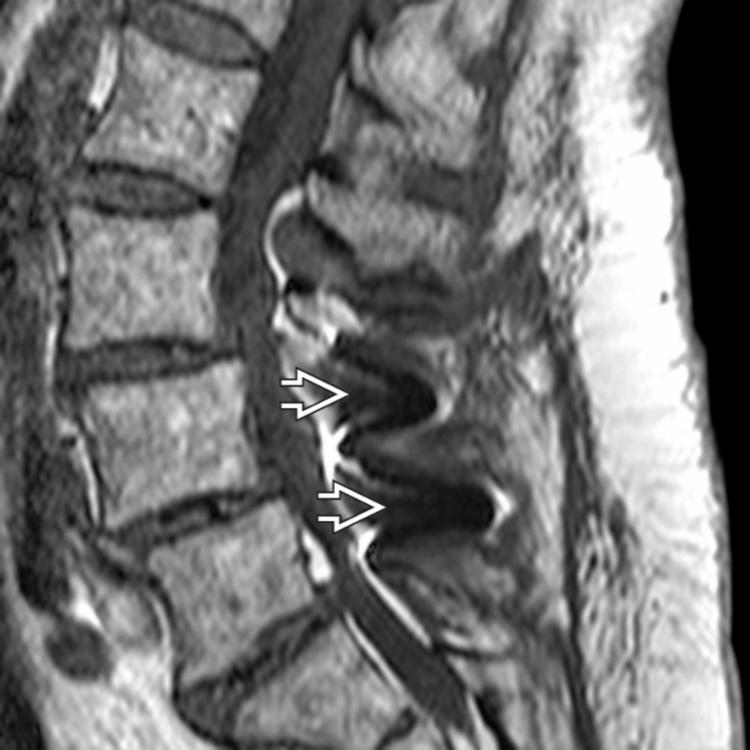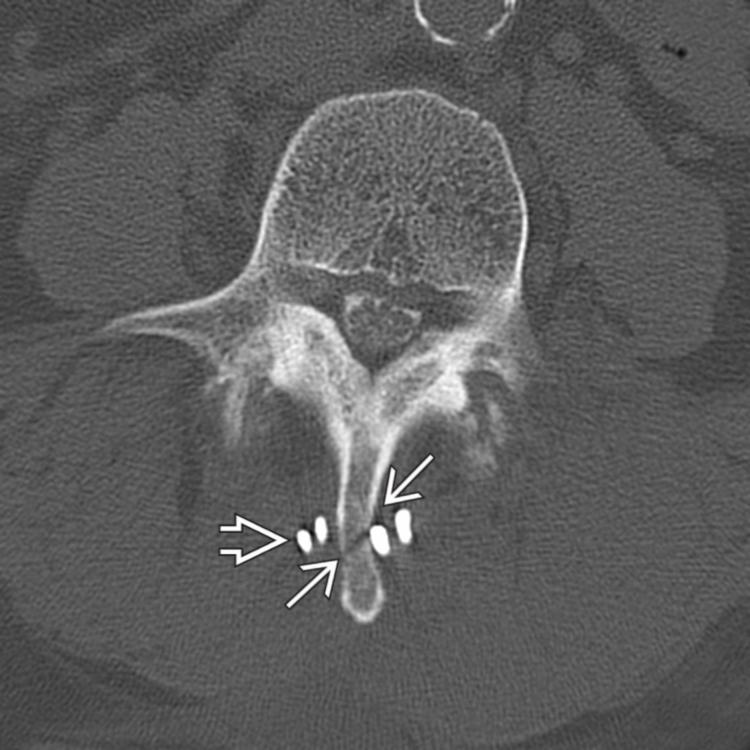Physical Address
304 North Cardinal St.
Dorchester Center, MA 02124
Synonyms: Interspinous posterior decompression, interspinous distraction device, interspinous spacer device (ISD), interspinous implant
Dynamic stabilization alters movement & load transmission of spinal motion segment without fusion of segment
Interspinous spacing device places stenotic segment in slight flexion while preventing extension
Radiographs & CT helpful to evaluate interspinous location
Assess for fractures
Lumbar neurogenic claudication symptoms are exacerbated during extension, relieved during flexion
Dimensions of canal & foramen ↑ in flexion, ↓ in extension
Facet loading ↑ during extension, ↓ during flexion
ISD helpful for treatment of spinal stenosis with neurogenic claudication
Causes focal flexion at applied level, resulting in increased canal & foramen dimensions
Complications
ISD malposition, migration, dislocation, spinous process fracture
Indications
Lumbar stenosis ± facet joint hypertrophy & subarticular recess stenosis, foraminal stenosis
1- to 2-level lumbar stenosis from L1-L5 in patients with at least moderate impairment in function
Patients anatomy may influence outcomes
Decreased accessible distance between laminospinous plane and tip of spinous process
Osteoporosis is contraindication




Become a Clinical Tree membership for Full access and enjoy Unlimited articles
If you are a member. Log in here